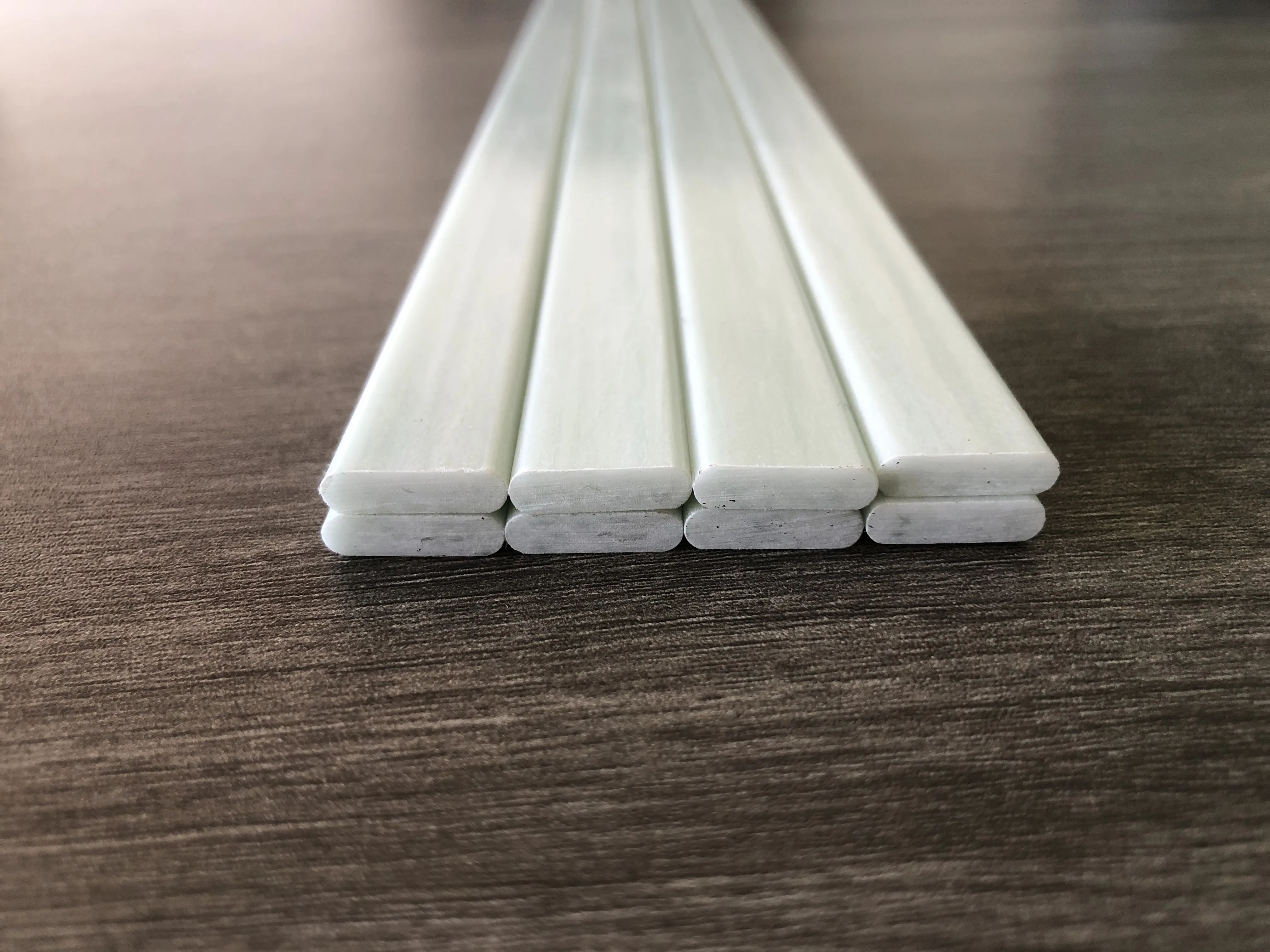loading...
- No. 9, Xingyuan South Street, Dongwaihuan Road, Zaoqiang County, Hengshui, Hebei, China
- admin@zjcomposites.com
- +86 15097380338
- Welcome to visit our website!
frp flat bar
Understanding FRP Flat Bars The Future of Structural Materials
Fiber Reinforced Polymer (FRP) flat bars are revolutionizing the way we approach construction and manufacturing. Lightweight yet strong, these innovative materials blend the advantages of traditional metals with the unique properties of polymers. Their unique characteristics make them increasingly popular in a variety of structural applications, from construction to transportation and beyond.
What is FRP?
FRP is a composite material made from a polymer matrix reinforced with fibers, which can be glass, carbon, or aramid. The resulting material is lightweight, corrosion-resistant, and highly durable, making it an excellent alternative to conventional materials such as steel and aluminum. FRP flat bars are produced through a process that allows for precise control over material properties, resulting in highly customized solutions tailored to specific needs.
Key Advantages of FRP Flat Bars
1. Corrosion Resistance One of the most significant benefits of FRP is its resistance to corrosion. Unlike steel, which can rust and deteriorate over time when exposed to moisture and chemicals, FRP flat bars maintain their integrity under harsh environmental conditions, making them ideal for use in marine, chemical, and outdoor applications.
2. Light Weight FRP flat bars are considerably lighter than their metal counterparts. This reduction in weight makes them easier to handle and transport, significantly lowering transportation costs and simplifying installation processes. The lightweight nature also contributes to reduced structural loads, which can enhance the overall efficiency of a design.
frp flat bar

3. High Strength-to-Weight Ratio Despite their light weight, FRP flat bars exhibit a high strength-to-weight ratio. They can support heavy loads and withstand significant stress, making them suitable for a wide range of applications from bridge construction to industrial components.
4. Design Flexibility FRP can be molded into various shapes and sizes, providing architects and engineers with the flexibility to design complex structures without the limitations found in traditional materials. This adaptability allows for innovative designs that can improve aesthetic appeal while maintaining functionality.
5. Reduced Maintenance Costs The durability and corrosion resistance of FRP flat bars lead to lower maintenance costs over time. Structures made with FRP require less frequent inspections and repairs, ultimately resulting in significant savings in lifecycle maintenance expenses.
Applications of FRP Flat Bars
The applications of FRP flat bars are diverse and continually expanding. They are used in the construction of bridges, boardwalks, and other infrastructure where weight and corrosion resistance are critical. Additionally, they find utility in industrial environments, as components in machinery, and even in the automotive and aerospace industries where lightweight materials enhance performance and fuel efficiency.
Conclusion
As the demand for sustainable and efficient materials grows, FRP flat bars stand out as a leading choice. Their unique properties and myriad advantages position them at the forefront of modern engineering and construction, offering solutions that not only enhance performance but also contribute to the longevity of structures. With ongoing advancements in composite technology, the future of FRP flat bars looks promising, paving the way for innovative and sustainable practices in construction and various other industries.
-
GRP Structures: The Future of Lightweight, High-Performance EngineeringNewsJun.20,2025
-
FRP Water Tank: High-Performance Storage for Corrosive and Clean Water SystemsNewsJun.20,2025
-
FRP Square Tube: The New Industry Standard for Chemical and Structural ApplicationsNewsJun.20,2025
-
FRP Pultruded Profiles: The Ultimate Choice for Lightweight Structural StrengthNewsJun.20,2025
-
FRP Handrails: The Safer, Smarter, and Stronger Choice for Modern InfrastructureNewsJun.20,2025
-
FRP Grating: The Smart Solution for Durable, Lightweight Industrial FlooringNewsJun.20,2025
-
Why Choose a Galvanized Water Tank for Your Storage NeedsNewsMay.21,2025
